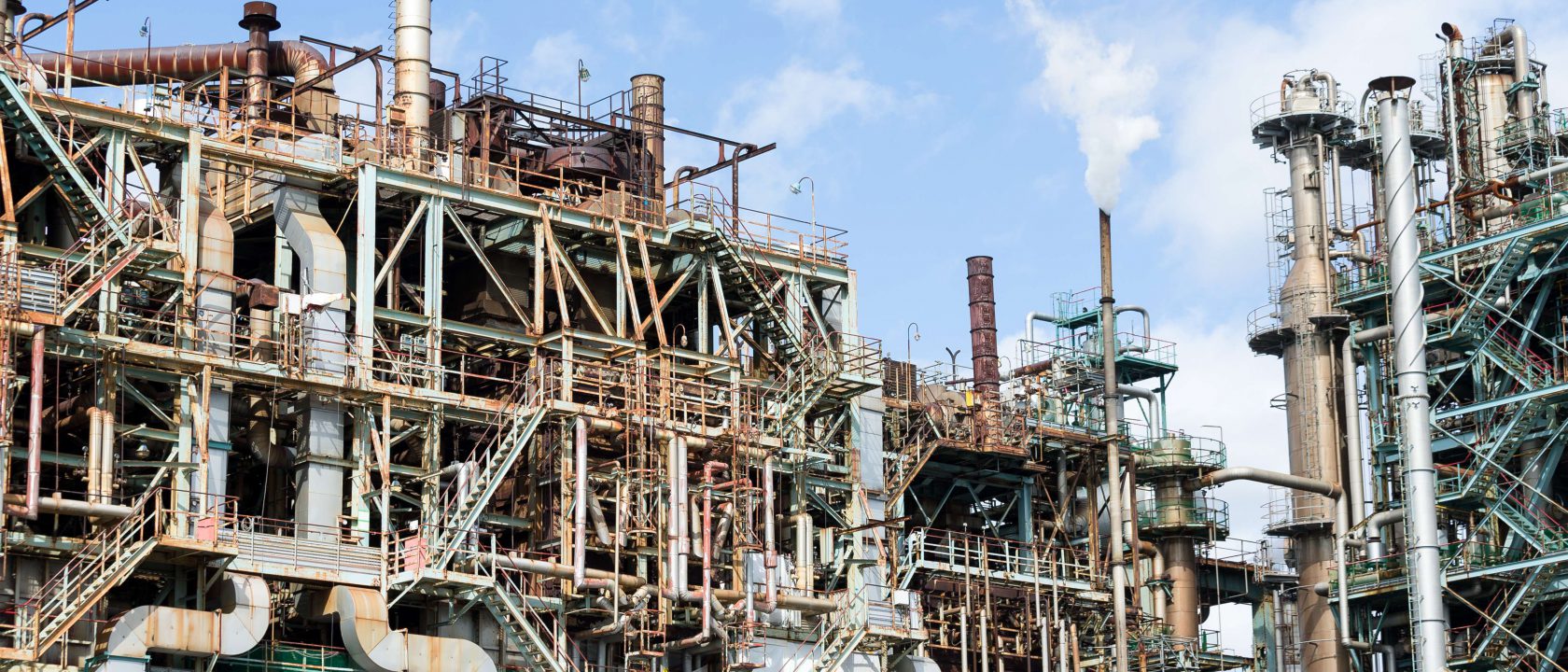
- Oil and gas companies are vulnerable to carbon-related and land use risks
- The industry shows a particularly high rate of fatality and injury for workers
- Shareholders are not satisfied by the governance of oil and gas companies
Has the age of fossil fuels come to an end?
The Energy Equipment and Services (EES) industry, representing oil and gas businesses, had major economic success for decades after its boom following the industrialization of developed nations. However, today these businesses exhibit more risk than opportunity as it becomes increasingly apparent that environmental, social, and governance (ESG) issues pose significant challenges for long-term investment. At this time, investors should consider looking at the industry through the ESG lens: are your current or potential investments in EES at risk of environmental concerns, corrupt governance, or worker safety issues? Are these risks being managed effectively by the companies on your radar?
The risks you should consider
EES operations are more carbon-intensive than most other industrial sectors and have consistently offered lower returns than the energy sector average. Regarding biodiversity and land use, another critical environmental issue area, EES operations cause widespread land disturbances and pose severe contamination risk caused by spills and other incidents (e.g. in the Upper Colorado River Basin). Dangerous substances and operations also pose risks to workers, putting the Oil and Gas industry in the top 25% of industries with the highest rates of fatality and injury. Governance of EES companies presents challenges with shareholder dis-satisfaction and corruption. Half of the industry has had significant shareholder votes against the directors and there have been a large number of bribery cases despite policies prohibiting these activities for the majority of EES constituents. In short, it seems that the industry has become a land of stranded assets with little opportunity for returns in the future.
Should I stay or should I go?
Armed with this knowledge, investors who have yet to invest in this industry have an opportunity to look elsewhere with their assets. For those who are still interested in EES securities or already own them, it is critical to assess the risk management practices put forth by the companies being considered. For environmental concerns, does the constituent in question have strong emission reduction targets, renewable energy goals, or environmental protection programs? Is the company upgrading its worker safety measures or perhaps, moving away from dangerous energy operations? Is the company cracking down on anti-corruption and human rights protection policies and commitments? These efforts will be fundamental to the success of these organizations as they attempt to fulfill their fiduciary duty and offer returns.
Sources:
MSCI Industry Report – Energy
U.S. Energy Information Administration
The National Institute for Occupational Safety and Health (NIOSH)
